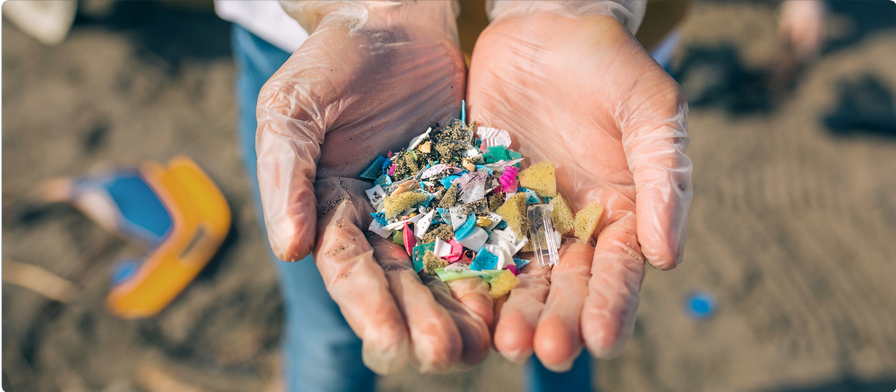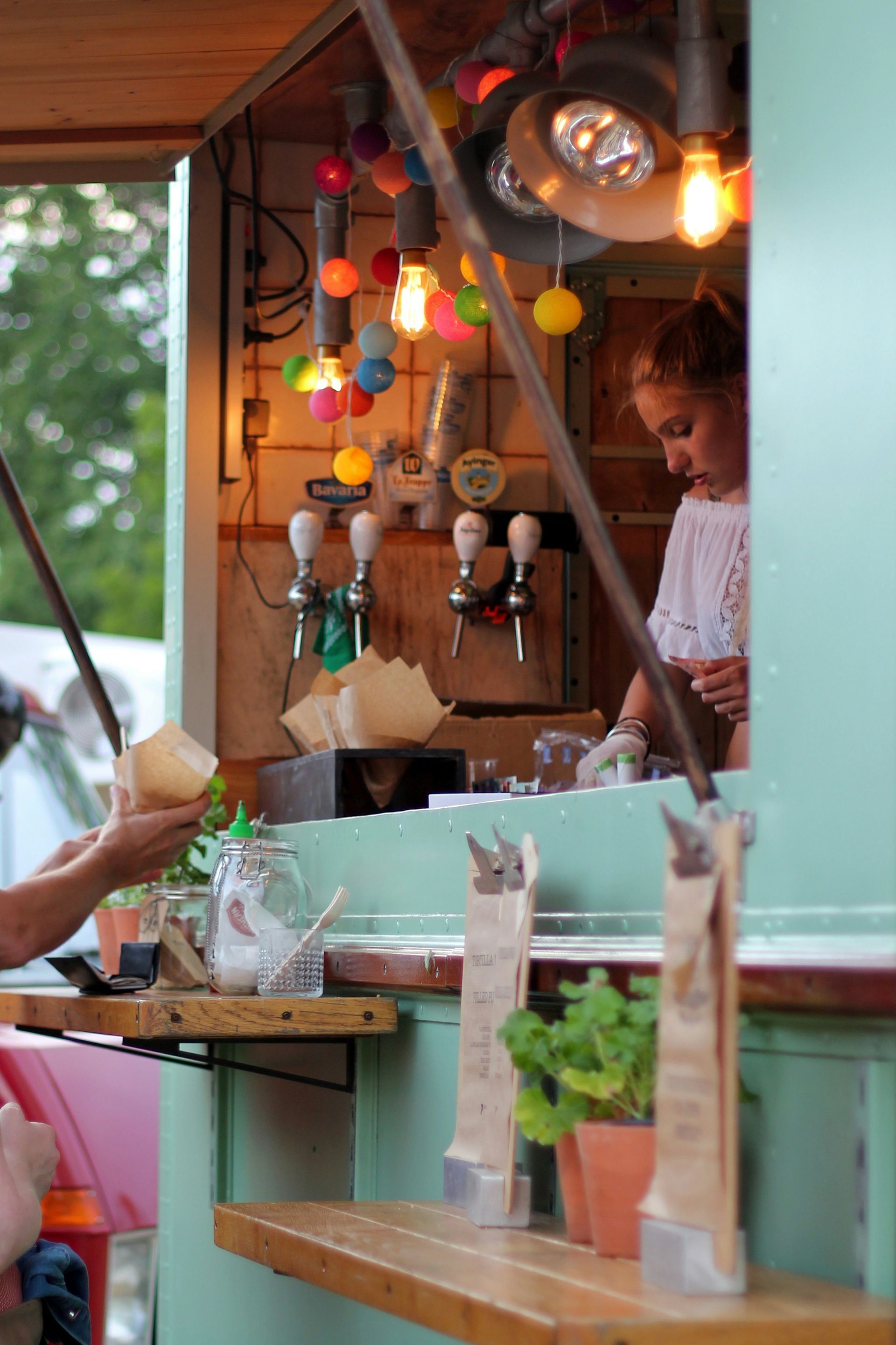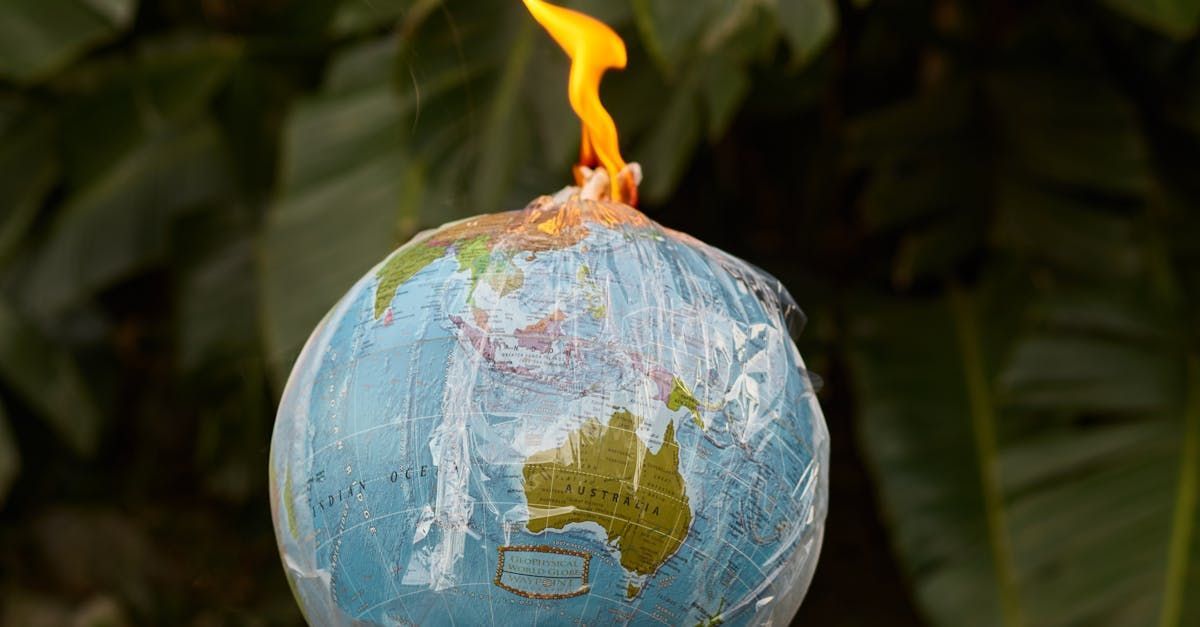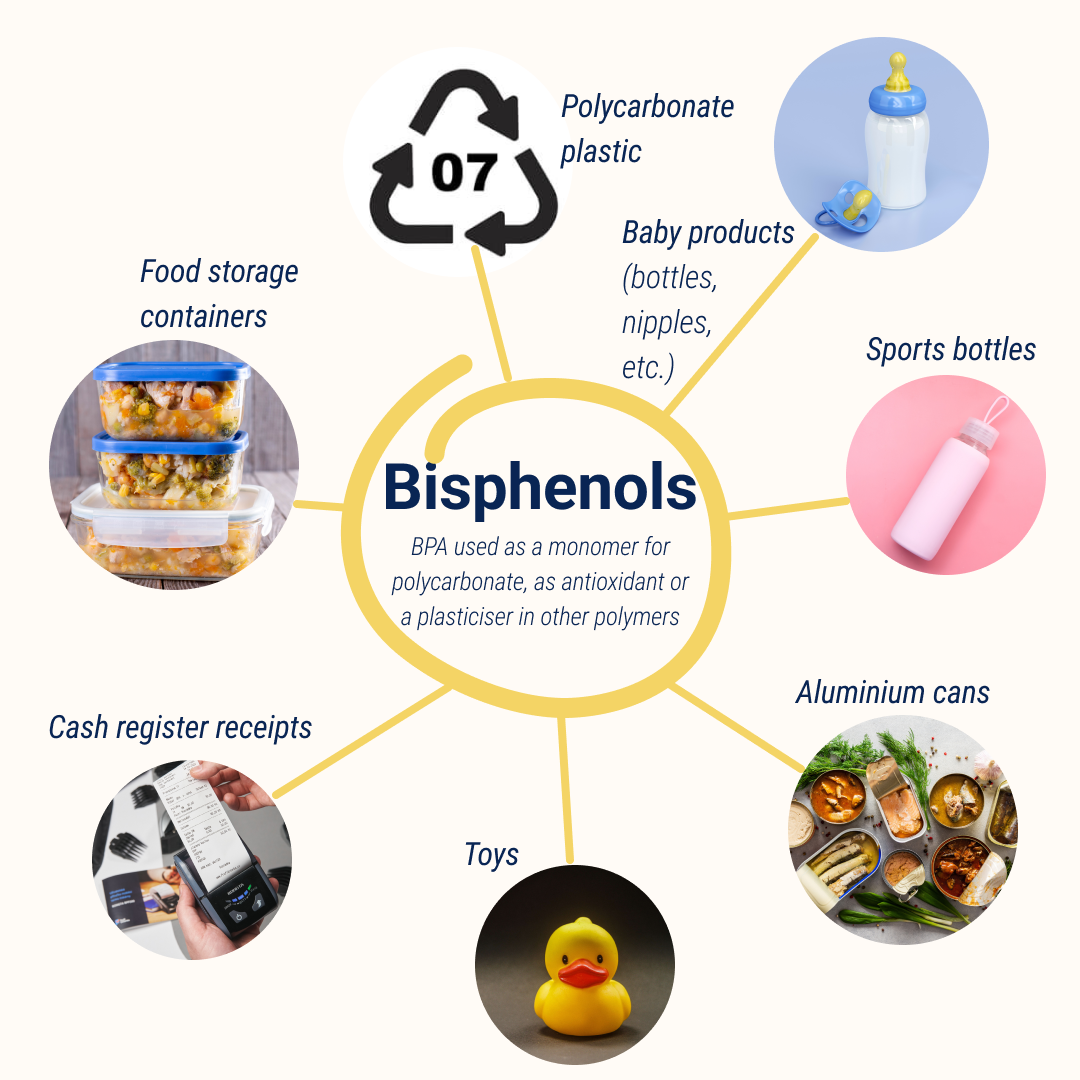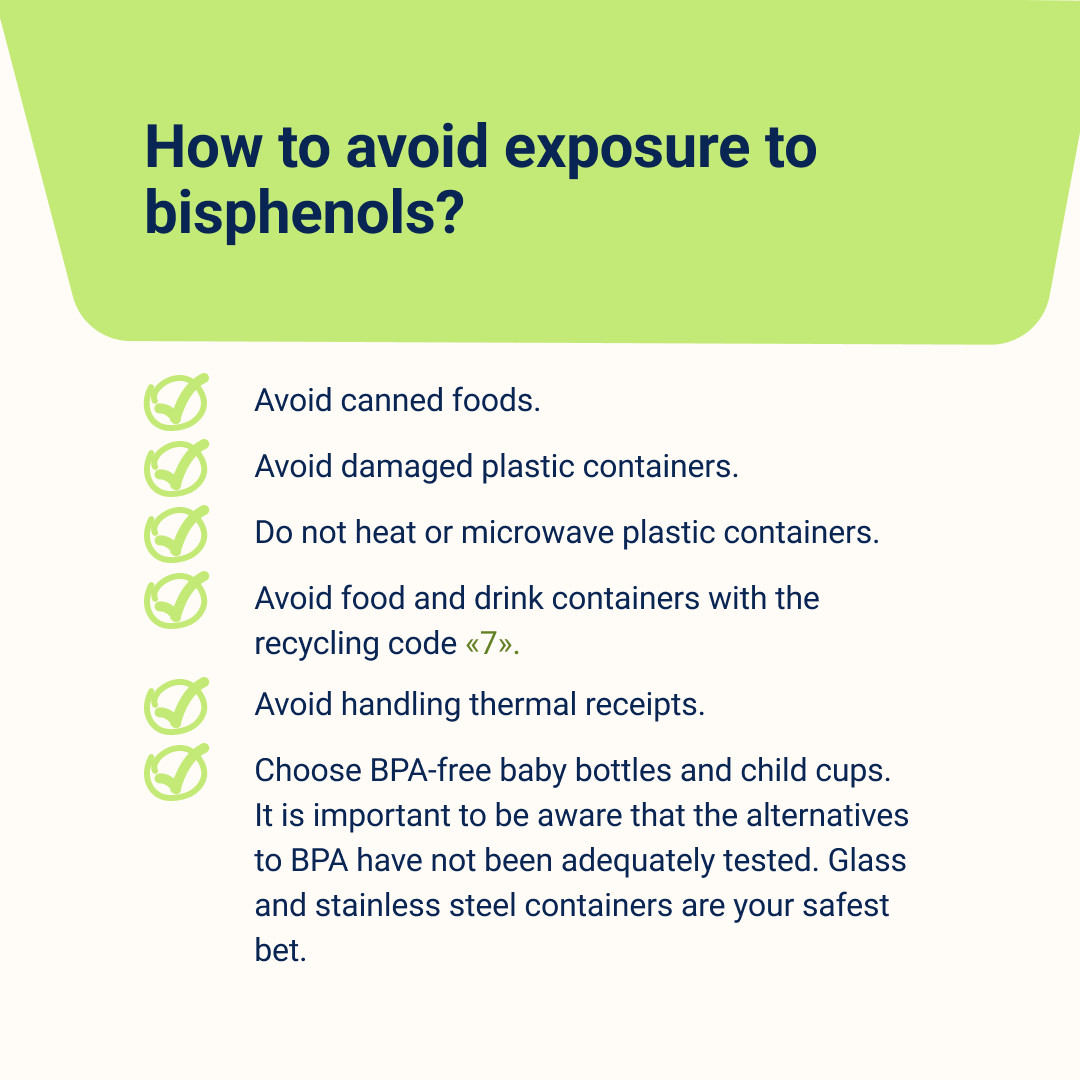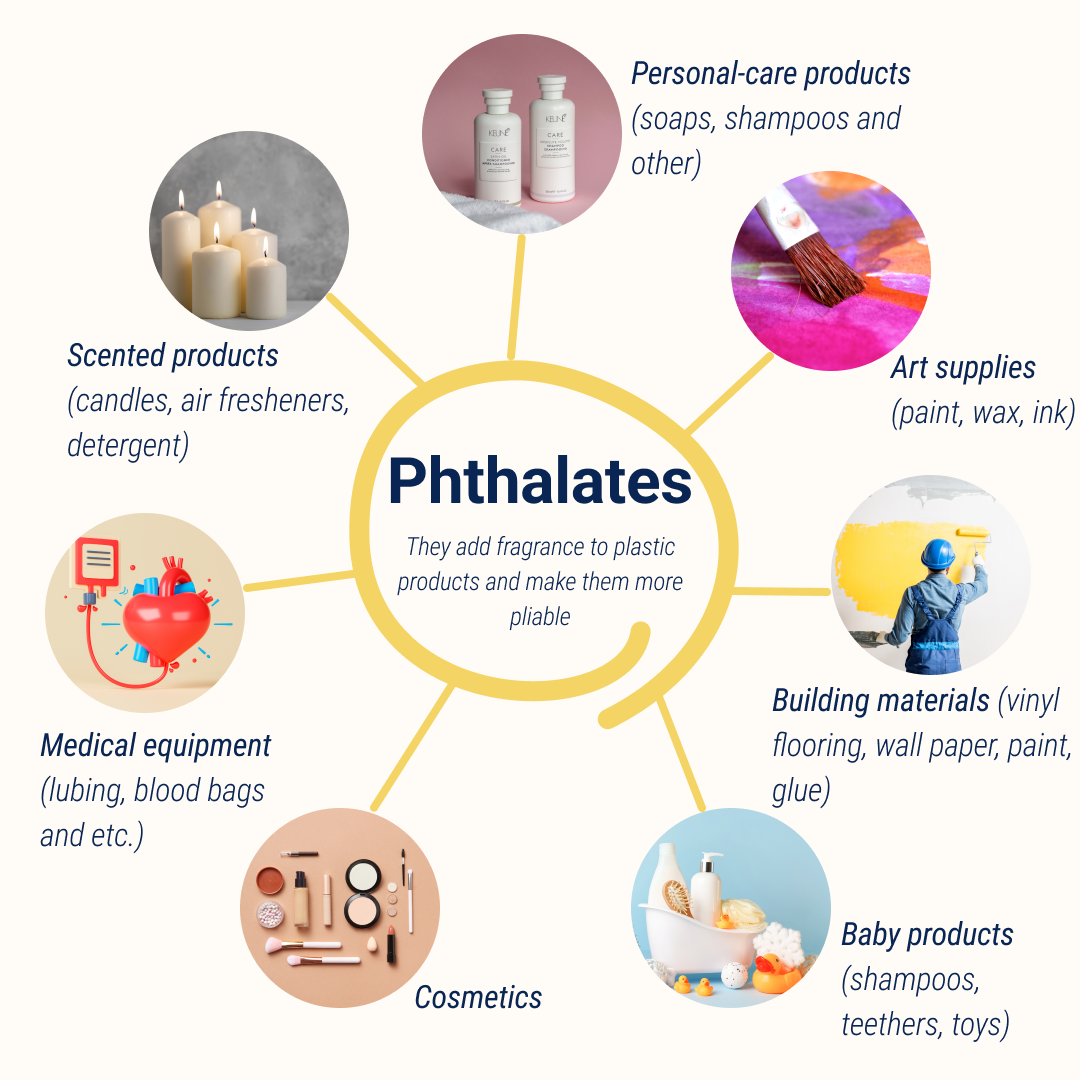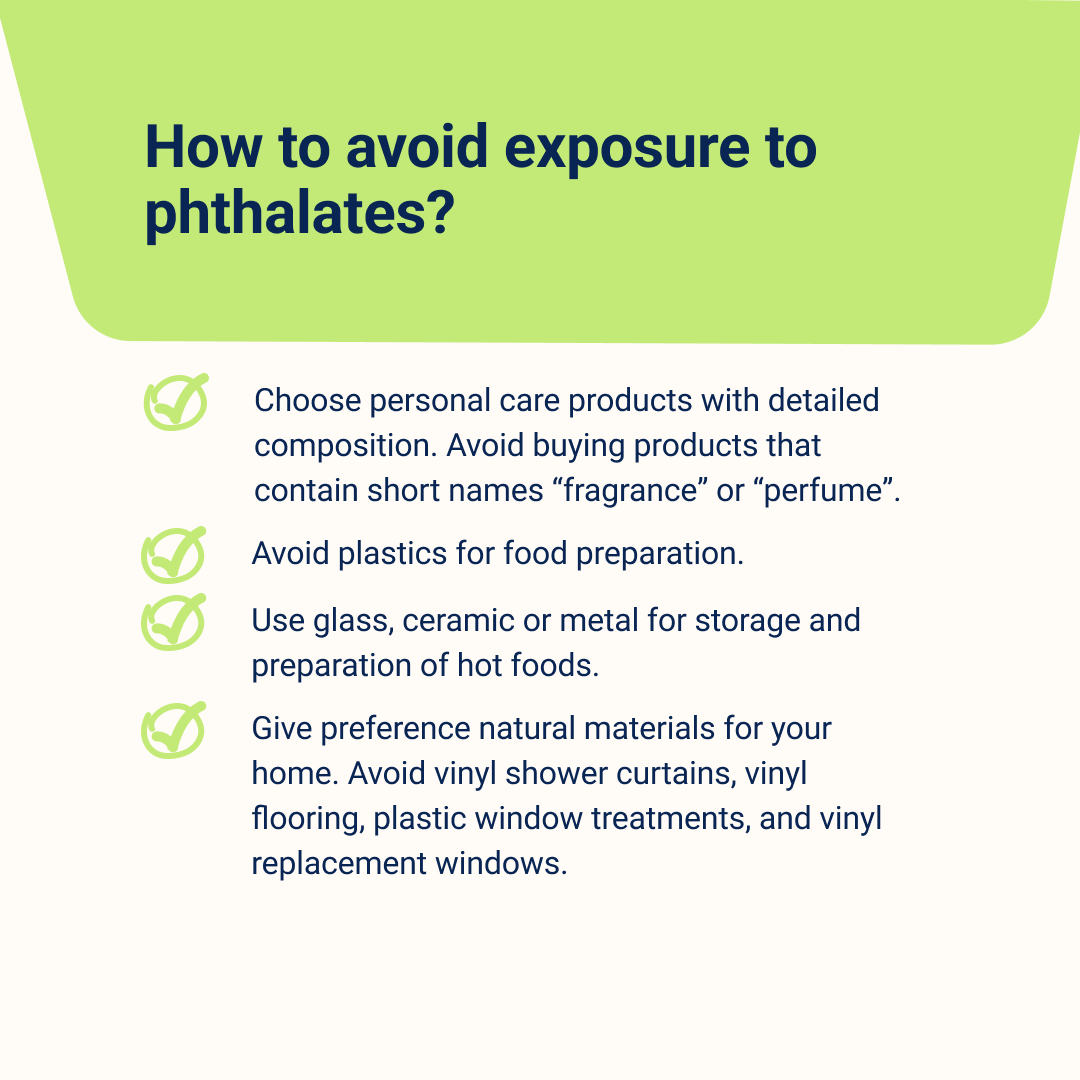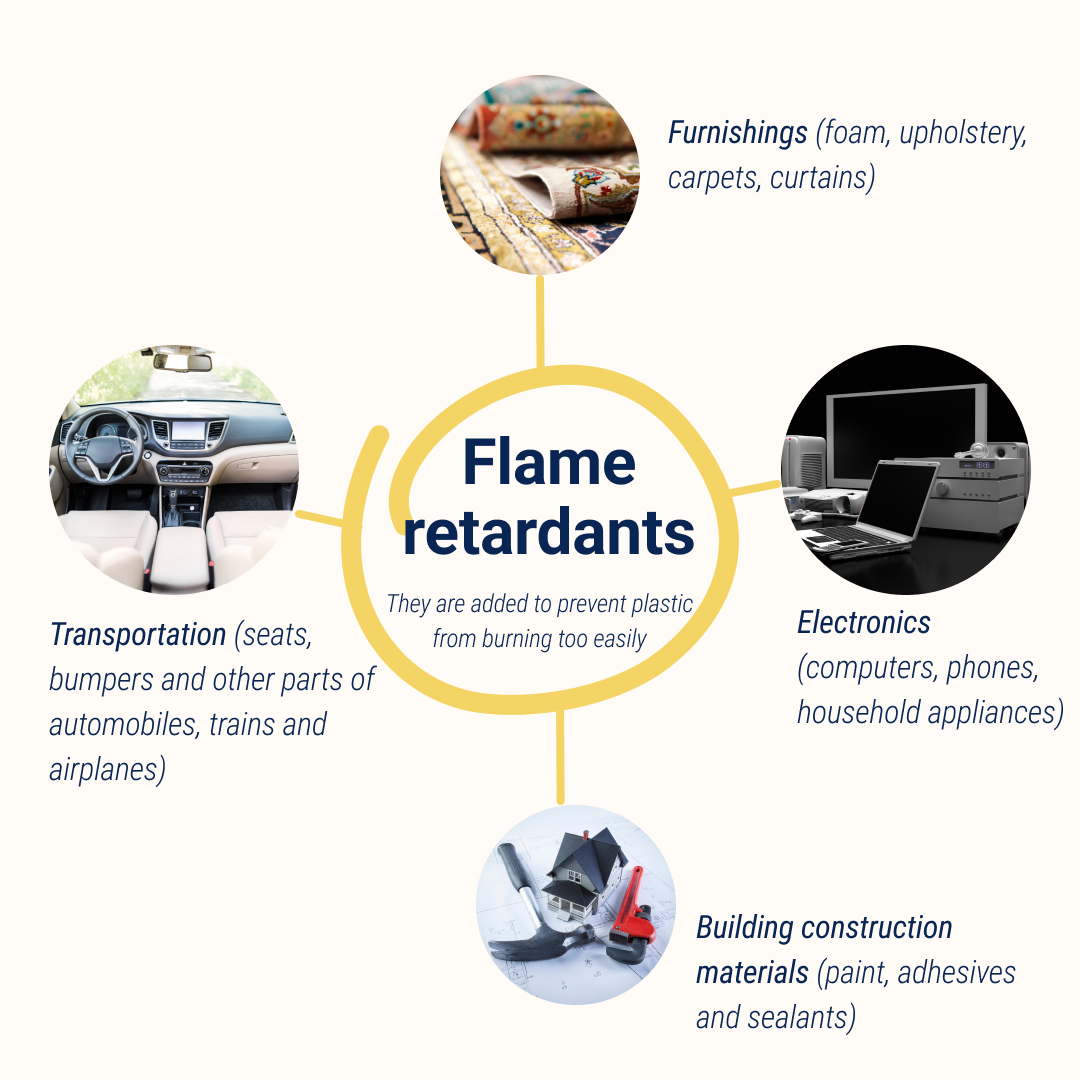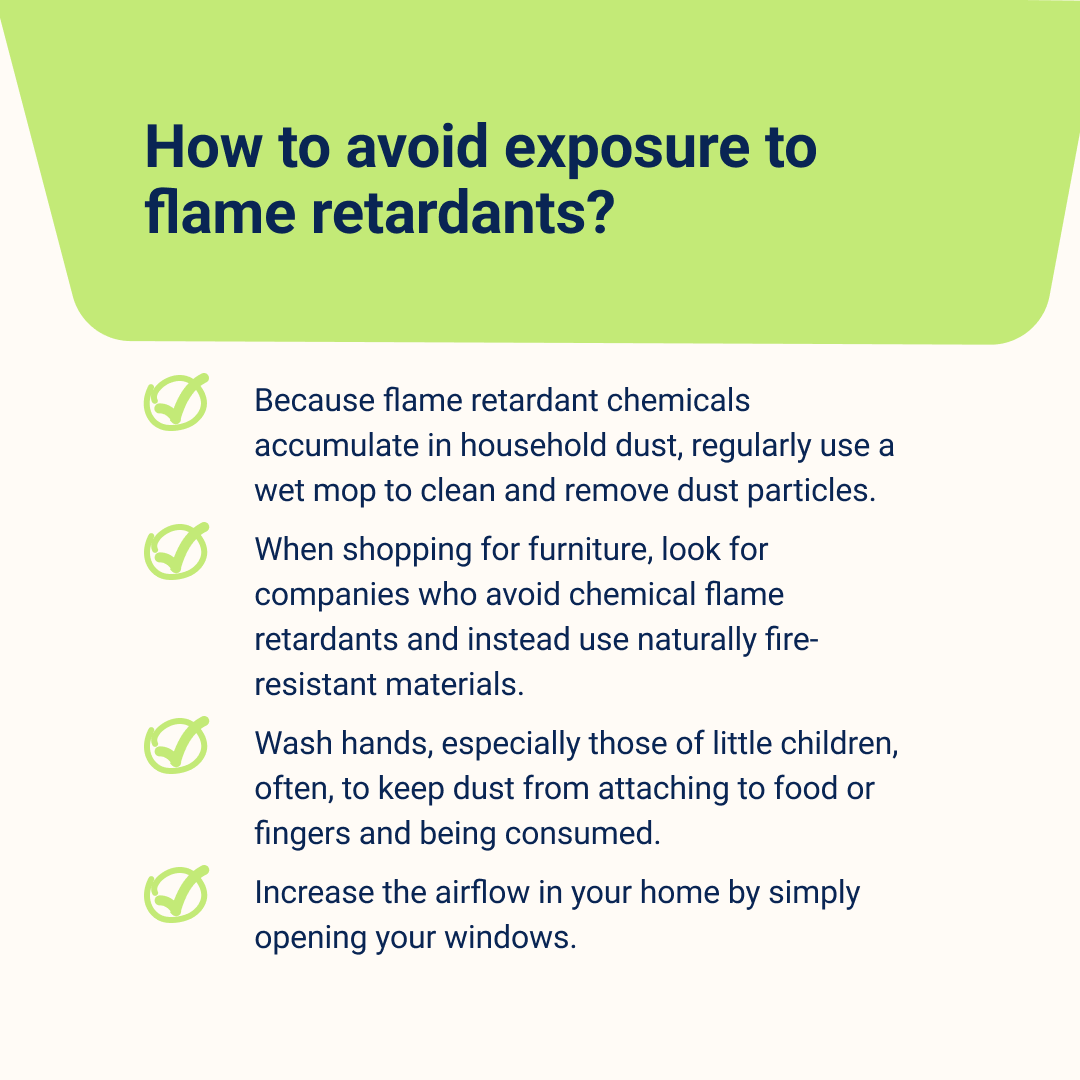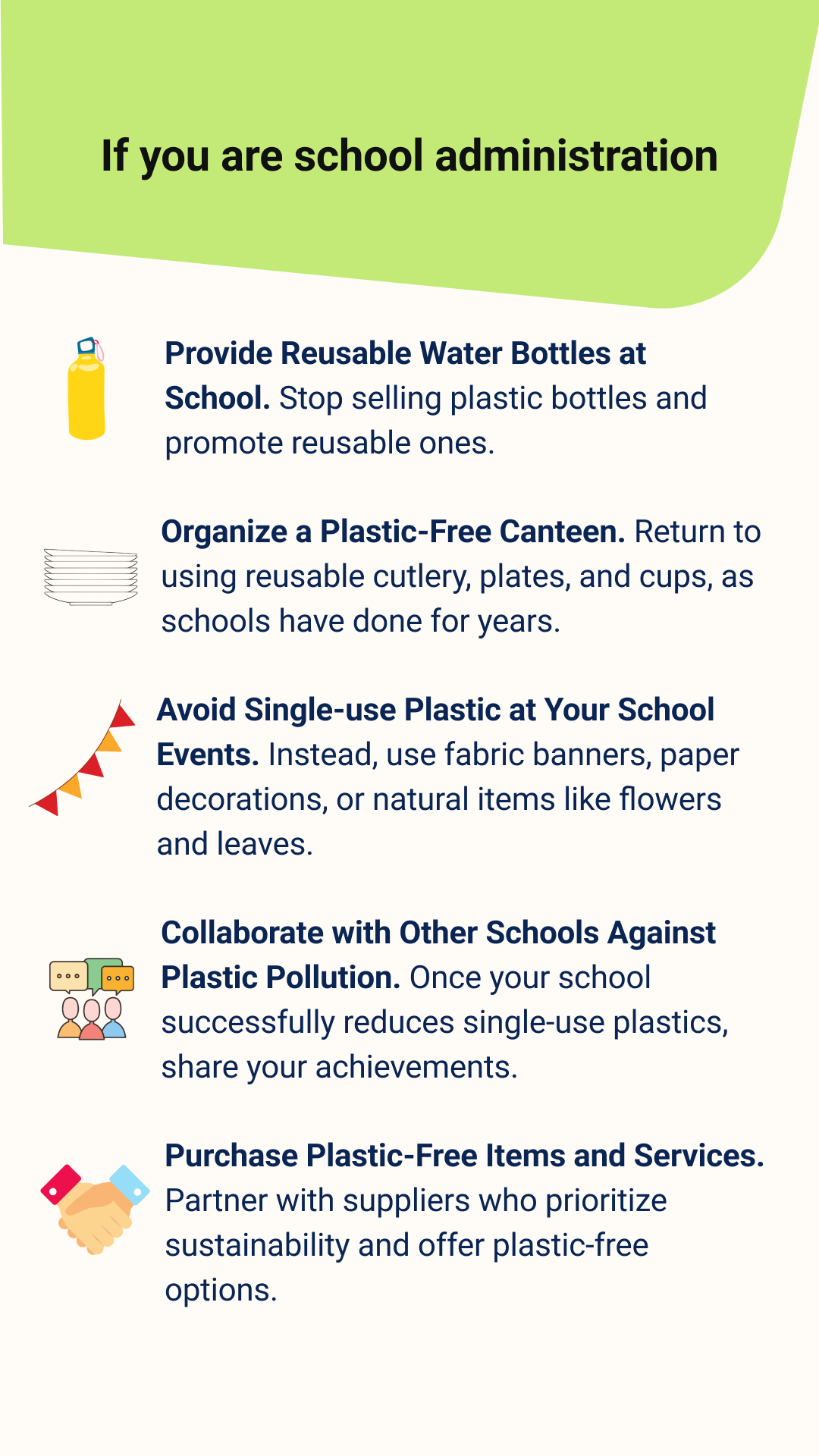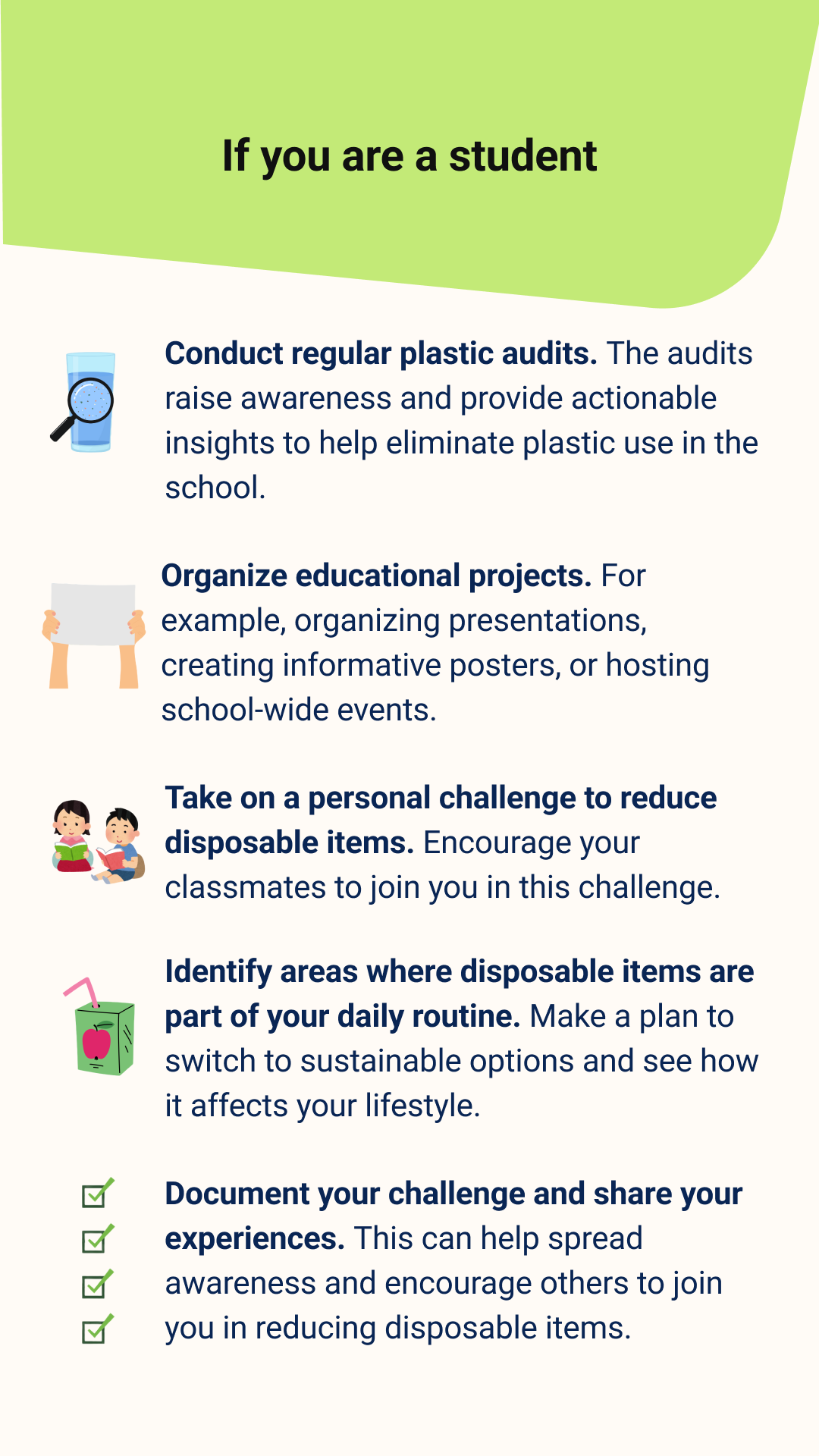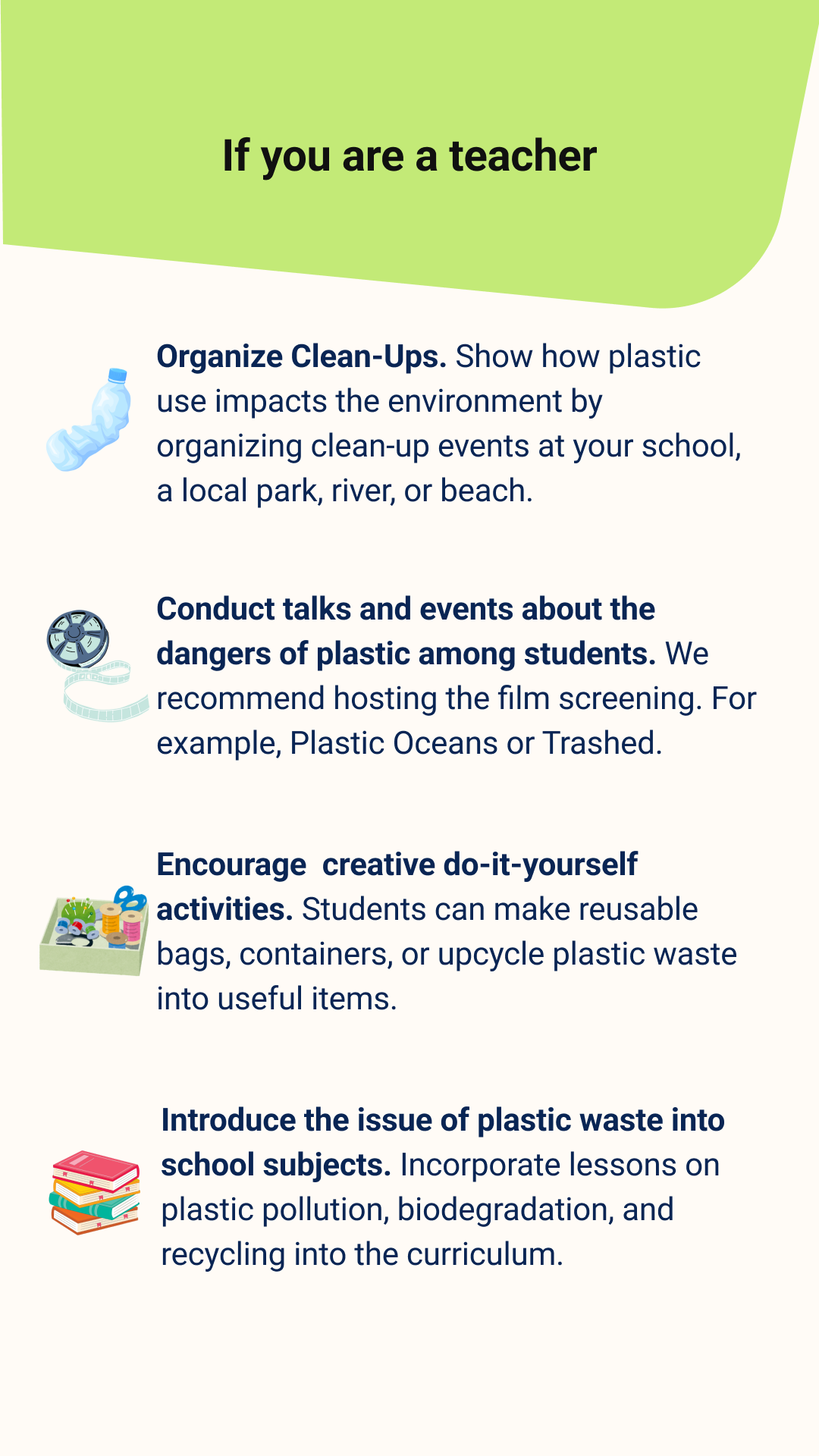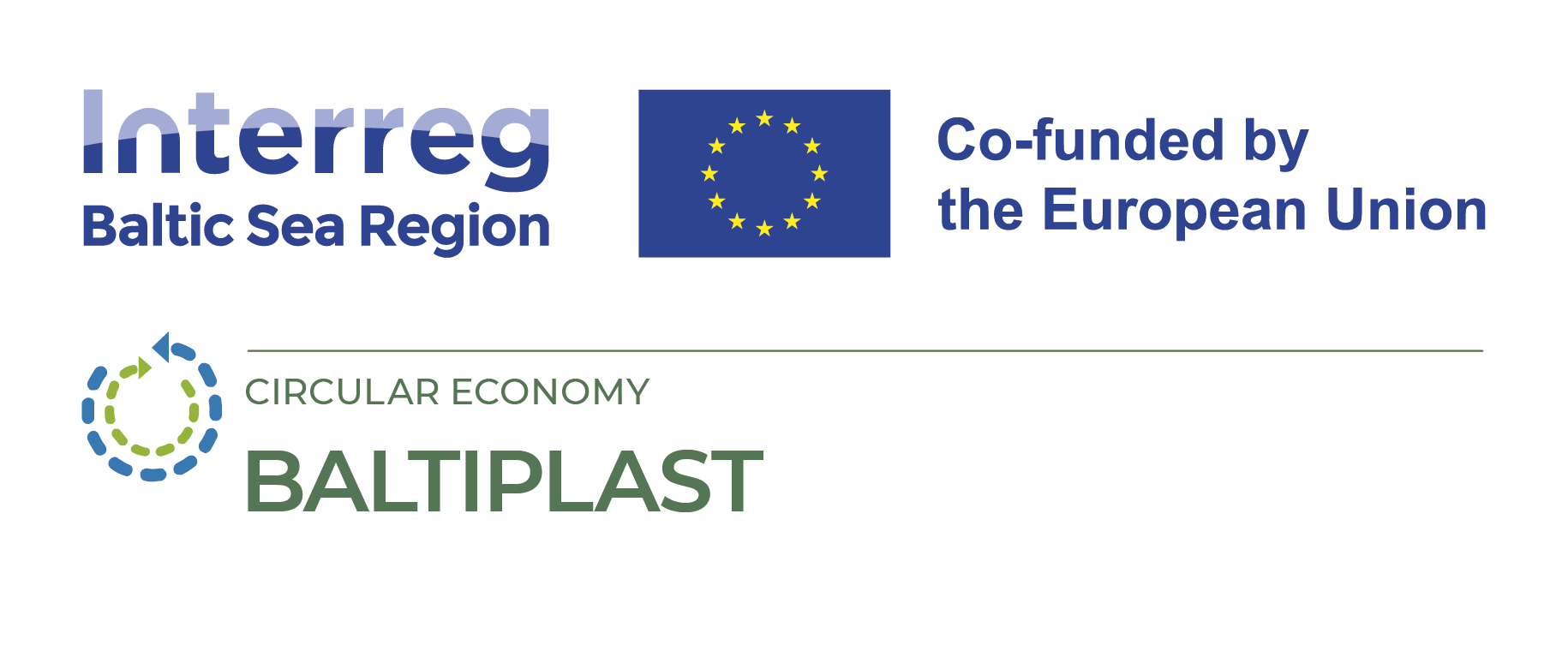Baltiplast campaign
2023-2025
We have launched a campaign in the Baltic Sea region to raise public awareness about ways to reduce plastics, including single-use and packaging at homes and to promote solutions for a change in the plastic consumption behaviour!
OVERVIEW OF THE CAMPAIGN
The raising awareness campaign has been launched in December 2023 under the "Baltiplast" project - funded by Interreg Baltic Sea Region - which aims at the prevention and reduction of plastic waste in the Baltic Sea Region, focusing on single use plastic reduction, improvements in plastic packaging and innovative collection and treatment systems at the municipality level.
The
#BaltiplastCampaign will last until the end of the project in 2025 and will provide relevant information on the topic and the results of the project itself.
Throughout the campaign, we will show the
story of plastics, and why there is currently so much concern about it. We will explore, and highlight possible
options for changes in personal behaviour, related to plastic consumption.
You can follow the social media campaign through the hashtag: #BaltiPlastCampaign on Facebook and Instagram.
Baltiplast has also a dedicated LinkedIn account, covering all the updates from project partners and its implementation.
#BaltiplastCampaign - Follow us!
Are you eager to learn more about ways to reduce plastics, including single-use and packaging at homes and to promote solutions for a change in the plastic consumption behaviour?
Follow follow us on social media through the hashtag: #BaltiplastCampaign
Topics of the #BaltiplastCampaign
Dive into the different topics, advices and solutions. Spread the word and be part of the change!
Do you want to suggest a topic or have any doubts or questions?
Write to us: secretariat (at) ccb.se
PLASTIC & HEALTH
Plastics might represent harm to public health in two major ways. First, through exposure to the polymer itself, typically through ingestion or inhalation of microplastics or incorrect use. Second, due to the many toxic additives that are mixed with polymers to give familiar plastics their color, flexibility, or other properties. To date, it has been estimated that around 13,000 chemicals are used to make plastic, with the most commonly used being monomers, processing aids and additives. Out of those 13,000 chemicals, only 3,200 are verified to be chemicals of potential concern, while hazard data is missing for 6,000 chemicals, which can potentially be harmful to health and the environment.
EXTRA RESOURCES
Reports & Researches:
- The Plastic Chemicals Hiding in Your Food
- The report and case study “Keep fibers zipped” of available solutions to tackle microfiber pollution from textile in the Baltic Sea
- Plastic & Health: The Hidden Costs of a Plastic Planet
- Research, how microplastic influence on human health
- Plastic health map - A systematic evidence map of human health studies on plastic-associated chemicals
- Chemicals in plastics, UNEP
- Plastic’s toxic additives and the circular economy
- https://pubmed.ncbi.nlm.nih.gov/23207955/
- https://www.endocrine.org/-/media/endosociety/files/advocacy-and-outreach/important-documents/introduction-to-endocrine-disrupting-chemicals.pdf
- Female Reproductive Disorders, Diseases, and Costs of Exposure to Endocrine Disrupting Chemicals in the European Union
- WOMEN, CHEMICALS AND THE SDGs
- Plastics, Gender and the Environment(Findings of a literature study on the lifecycle of plastics and its impacts on women and men, from production to litter)
- Combatting Global Plastic Pollution Feminist Perspectives for a Gender-Just Approach
- The environmental & economic costs of single-use menstrual products, baby nappies & wet wipes
Infographics:
REAL SOLUTION
FESTIVALS
With summer fast approaching and event planning in full swing, it’s time to rethink our use of plastic. Both organizers and festival-goers can take action to prevent and reduce the amount of plastic used. Under the European Union rules on packaging and packaging waste, drinks should only be served in reusable cups, PET bottles and cans at festivals.
Here are some examples of festival, where the organizers tried to avoid using of single use plastic:
- The Gentse Feesten (Ghent, Belgium) became the first large Belgian festival to serve all its drinks in reusable cups, to be purchased at a cost of €1 and to be returned at the end of the night at a variety of festival locations.
- Estonian XIII Youth Song and Dance Festival „Holy is the Land“ (Tallinn, Estonia), held in the summer of 2023, was the biggest event where all food and drinks were served in reusable plates and cups and only reusable utensils were used (read more).
- Glastonbury Festival (United Kingdom). In order to reduce plastic consumption, in 2019 Glastonbury banned the sale of single-use plastic bottles which has reduced the number of items of disposable plastic on site by millions. Only compostable or reusable plates, cutlery and drinking straws are allowed to be used as serveware and all cutlery used by market stalls must be made from FSC-assured wood. Reusable cutlery, plates and cups are used in crew catering wherever possible.
But if your favorite festival has not yet abandoned single-use plastic, you can reduce the amount of waste yourself by preparing in advance. Read & share our tips below.
EXTRA RESOURCES
SCHOOLS
The Plastic-Free Schools initiative aims to educate future generations about replacing plastic with sustainable alternatives. By starting with schools, students are inspired to lead the way in transforming consumption patterns and ecological choices. This initiative encourages students worldwide to rethink their plastic use, understand its environmental impact, and create sustainable alternatives for use at school and home.
Examples from Baltiplast project:
EXTRA RESOURCES
- The Erasmus+ project “Blast the Plast” is a project involving three partner schools from Germany, Iceland and Sweden with students from lower secondary level.
- Plastic Free Schools for a Sustainable Future
- Plastic free campuses (BFFP)
- Plastic free schools (SAS)
- Student's manual for plastic free campuses
- A brief history of plastic
- The Story of Plastic (Animated Short)
- Plastic free school poster
- Break Free from Plastic Classroom
- Database of useful resources for plastic free campus
- Plastic free campus manual
PLASTIC & CLIMATE
Plastic waste and climate change are often viewed as two separate entities, but a 2019 study published in the journal Science of the Total Environment suggests that the two issues are fundamentally linked. According to the researchers, every aspect of plastic use, from its production to waste, generates some form of harmful greenhouse gases that significantly contribute to climate change and global warming.
The global ocean, and its various parts, including the Baltic Sea play a crucial role in regulating the Earth's climate by acting as a major carbon sink, absorbing approximately 25% of the CO2 emitted by human activities. However, the presence of plastics disrupts this vital function in several ways:
First, microplastics can be ingested by marine organisms, including plankton, fish, and even larger marine mammals. These organisms are essential to the ocean's carbon cycle, as they contribute to the biological carbon pump, where CO2 is absorbed during photosynthesis and then transported to deeper waters when these organisms die and sink. When marine life is affected by plastic ingestion, their ability to carry out these processes effectively is compromised, leading to a decrease in overall carbon absorption.
Second, plastics can alter the chemical composition of seawater. For instance, they can affect the pH levels and increase the acidity of the water. As the ocean becomes more acidic due to both plastic pollution and increased CO2 absorption, marine ecosystems, including coral reefs and shellfish, are put under stress. These ecosystems are crucial for supporting marine biodiversity and also play a role in sequestering carbon. When these systems are damaged, their ability to store carbon is diminished, further reducing the ocean's capacity to absorb CO2.
Additionally, the accumulation of plastic debris can create physical barriers in marine environments, affecting the distribution and health of marine plants and organisms. Seagrasses and other aquatic plants, which are vital for carbon sequestration, may struggle to thrive in areas heavily polluted with plastics. This not only impacts local ecosystems but also contributes to the overall decline in the ocean's capacity to mitigate climate change.
5 ways how climate change makes plastic pollution worse:
EXTRA RESOURCES
- Microplastics are in the air we breathe and in Earth’s atmosphere, and they affect the climate
- Plastic & Climate: The Hidden Costs of a Plastic Planet
- Climate Impact of Primary Plastic Production
- What do plastics have to do with climate change? | UNDP
- The fundamental links between climate change and marine plastic pollution
For more information:
CCB Secretariat: secretariat (at) ccb.se
Share
We continue to act, do you want to know more?
We work in the entire Baltic Sea region with different projects and programmes.
Click the button below to discover what is going on and how you can help.
